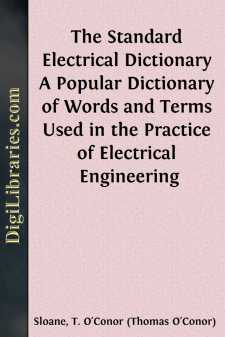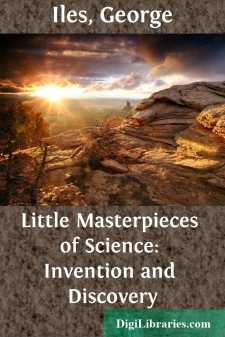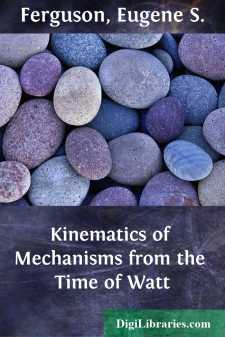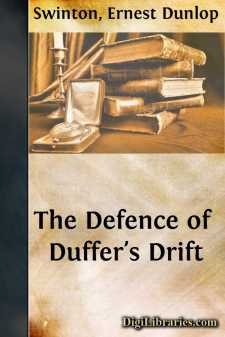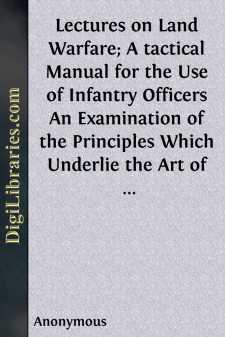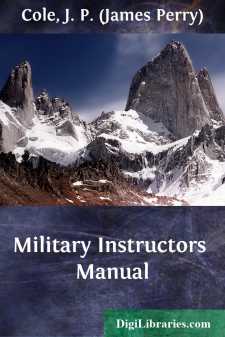Technology & Engineering
Technology & Engineering Books
Sort by:
APPARATUS 1. 1. Carbon-Zinc Cell. Fig. 1. If you have some rubber bands you can quickly make a cell out of rods of zinc and carbon. The rods are kept apart by putting a band, B, around each end of both rods. The bare wires are pinched under the upper bands. The whole is then bound together by means of the bands, A, and placed in a tumbler of fluid, as given in . This method does not make first-class...
more...
INTRODUCTORY Electricity, like every science, presents two phases to the student, one belonging to a theoretical knowledge, and the other which pertains to the practical application of that knowledge. The boy is directly interested in the practical use which he can make of this wonderful phenomenon in nature. It is, in reality, the most successful avenue by which he may obtain the theory, for he learns...
more...
CHAPTER I. THE APPARATUS. To a proper comprehension of the succeeding chapters, it is necessary first of all to be familiar with the apparatus employed in carrying out electro-balneological treatment, and I therefore proceed to give a description of this. It may conveniently be divided as follows, viz. a. The tub; b. The electrodes and connections; c. The water; d. Chemicals; e. The batteries. (a) The...
more...
No description available
by:
George Iles
PREFACE To a good many of us the inventor is the true hero for he multiplies the working value of life. He performs an old task with new economy, as when he devises a mowing-machine to oust the scythe; or he creates a service wholly new, as when he bids a landscape depict itself on a photographic plate. He, and his twin brother, the discoverer, have eyes to read a lesson that Nature has held for ages...
more...
INTRODUCTION Students of economics know that the roundabout methods of capitalistic production are far more fruitful than the direct methods of the primitive economy. As we advance, we introduce new intermediaries between the beginning and the end of production. This thought occurs to one in the study of Americanization. If we would Americanize the immigrant we must seek him out in his daily economic...
more...
In an inventive tour de force that seldom, if ever, has been equalled for its brilliance and far-reaching consequences, James Watt radically altered the steam engine not only by adding a separate condenser but by creating a whole new family of linkages. His approach was largely empirical, as we use the word today. This study suggests that, despite the glamor of today's sophisticated methods of...
more...
First Dream. "Any fool can get into a hole."—Old Chinese proverb. "If left to you, for defence make spades."—Bridge Maxim. I felt lonely, and not a little sad, as I stood on the bank of the river near Duffer's Drift and watched the red dust haze, raised by the southward departing column in the distance, turn slowly into gold as it hung in the afternoon sunlight. It was just...
more...
by:
Anonymous
THE ART OF WARFARE "The Art of War, like every other art, possesses its theory, its principles; otherwise, it would not be an art."—MARSHAL FOCH. The Art of War, like any other art, is based upon certain fixed principles, and there is no short cut which hurries the student to his goal. The long and laborious line of study is the only safe way, and there are many pitfalls to be avoided on the...
more...
CHAPTER 2. Infantry Drill Regulations. The greatest lesson of the present war is that the keynote of success is discipline. In trenches the direct control of the men is even less than in extended order in open warfare, and only thoroughly disciplined troops with a trusted leader can hope to succeed. The successful officer will show anger or irritation only in rare cases, and then by design: he will...
more...





